QuestionI have just read a response to another persons question about their geckos feet looking shriveled up. I'm a bit worried about my gecko baby. When I got him his tank had sand in it and his two back feet were caked in crusted sand and now one has cleared up fine but the other is still the same with no improvement. Also yesterday I noticed that something had happened to one of his front feet, his little toes either seem to be partly missing or curled up. I'm not too sure what to do. I always try to place him in his water dish but he seems to hate it. Also, can I use sand in his tank or is he still too young for that?
AnswerHi Jennifer,
I am going to assume that you are asking about a leopard gecko. It sounds like he has retained skin on his feet which is common but can progress to serious problems if not resolved. The feet can lose circulation to the point of tissue death and loss of an entire foot. If the infection continues up the leg the outcome can be fatal.
It is going to require a little more aggressive intervention on your part which he is going to hate even more then being placed in the water dish!
The retained skin is old, tight and stuck to his foot so the first step is to soften and loosen the old skin by thoroughly soaking it for 20 to 30 minutes. A small plastic food container type dish will do, deep enough that he cannot climb or or with air holes punched in the lid. Put in enough tepid water to just cover his feet.
After he has soaked you will need to gently roll off the old skin from his foot and toes with your fingers. A pair of tweezers can be useful to get hold of the small bits of loose skin and gently pull them toward the toes. The skin is very unlikely to just fall off on its own without your help, even after soaking. Think of a tight glove on your own hand.
Shedding problems are usually caused by a lack of humidity. Wild leos spend their days in rock crevices which are far more humid then the surrounding area. You can mimic this by putting a humid hide in the cage which is simply an enclosed hide with a bit of damp moss or even damp paper towel inside.
I am not a fan of using sand at any age although some sites suggest a total length of 6 inches before it is used. Sand provides no benefit and presents several risks to your gecko. They do not live on loose beach type sand in the wild but rather a hard packed rocky soil. There is always a risk of ingestion and the calcium based sands are even worse in that regard then regular sand. It can cause eye and respiratory irritation. Sand is also heavy and dusty which makes it inconvenient to change completely.
Reptile carpet or slate tiles are a safer option and look a bit better then newspaper or paper towels which are often used as well.

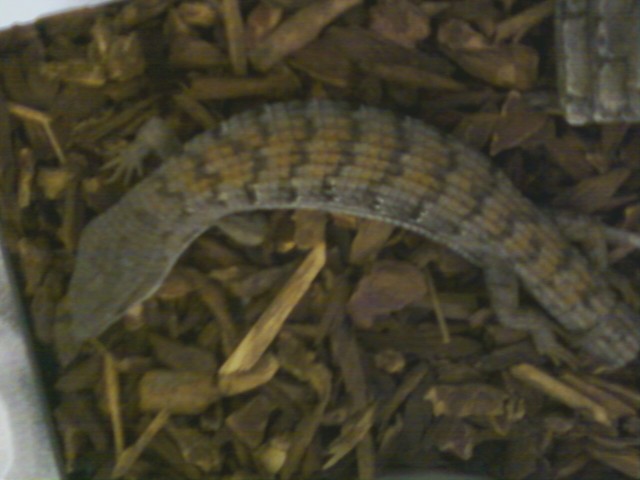 southern alligator lizard-paralysis
Question
Siggy sleeping
Hi, I just found an alligator l
southern alligator lizard-paralysis
Question
Siggy sleeping
Hi, I just found an alligator l
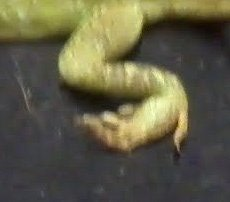 Water dragon toes
Question
kirk
Hello,
My water dragon is
Water dragon toes
Question
kirk
Hello,
My water dragon is
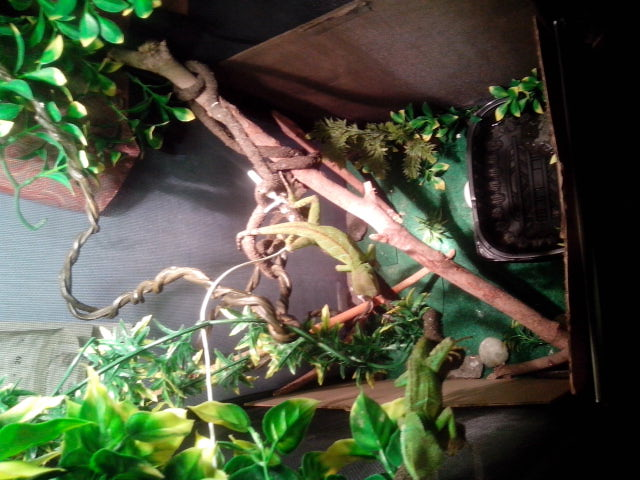 nose rub
Questionyoite and raikou new h
His mouth
nose rub
Questionyoite and raikou new h
His mouth
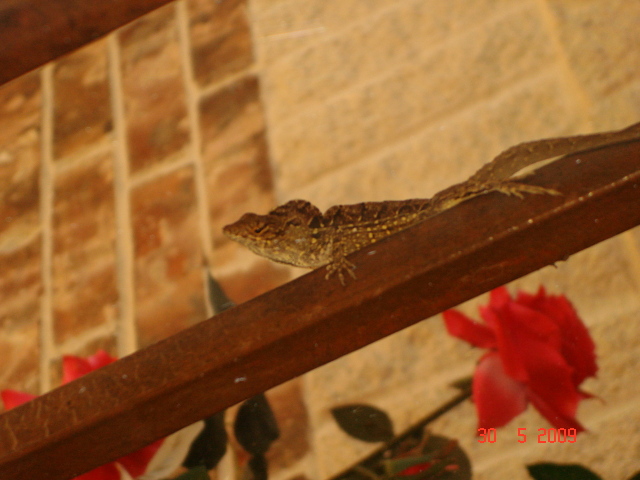 what kind of lizard is this?
Question
mystery lizard
about 6-8 long, dark brown/blac
what kind of lizard is this?
Question
mystery lizard
about 6-8 long, dark brown/blac
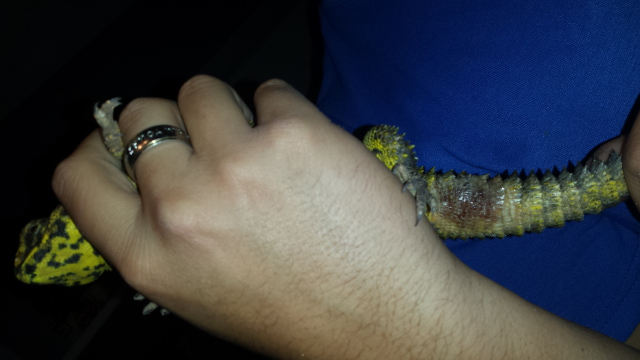 please help
Question
sore him
Please tell me what thi
please help
Question
sore him
Please tell me what thi